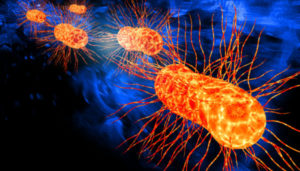 As of July 27, 2021, 16 people infected with the outbreak strain of E. coli O121 have been reported from 12 states. Illnesses started on dates ranging from February 26, 2021 to June 21, 2021.
As of July 27, 2021, 16 people infected with the outbreak strain of E. coli O121 have been reported from 12 states. Illnesses started on dates ranging from February 26, 2021 to June 21, 2021.
Sick people range in age from 2 to 73 years, with a median age of 13, and 100% are female. Of 16 people with information available, 7 have been hospitalized. One person has developed a type of kidney failure called hemolytic uremic syndrome (HUS), and no deaths have been reported.
State and local public health officials are interviewing people about the foods they ate in the week before they got sick. Of the eight people interviewed, six (75%) reported tasting or eating raw batter made with a cake mix. People reported buying different varieties and brands of cake mix.
FDA is conducting a traceback investigation using purchase records from locations where sick people bought cake mix to try to determine a common cake mix brand or production facility.
CDC advises people not to eat raw cake batter, whether made from a mix or homemade. Eating raw cake batter can make you sick. Raw cake batter can contain harmful bacteria. Bacteria are killed only when raw batter is baked or cooked.